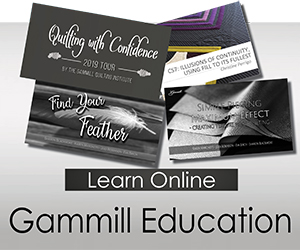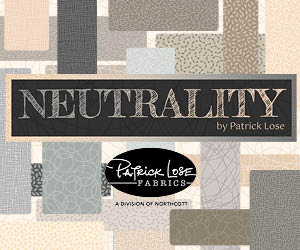
Last week we learned what a customer avatar is and the data points that help create one. This week we build your customer avatar and learn a new marketing technique.
Building Your Avatar
As you know, a customer avatar represents your ideal customer. To build your customer avatar, it helps to think of an actual person. What products does she buy? What is she looking for?
After thinking of an individual, expand to your customer base. What questions come up frequently? Are you getting similar comments on your social media posts? These areas are great places to start to determine where to focus your efforts. If you still need ideas, check out our Customer Avatar Worksheet or consider sending a survey to your clientele.
Generosity Marketing
Once you know your customer the next step is to foster those relationships. There’s a lot of noise in the marketplace to cut through; how can you fulfill your customer’s hopes?
Enter generosity marketing. Generosity marketing is based on the theory if you give something away for free, it instills a sense of trust between you and your customers and lays the foundation for returning customers. The alternative (offering promos and discounts) is a more assertive sales tactic and makes customers feel like targets.
Offering things like rewards programs, giveaways, events, and charitable commitments are all pieces of generosity marketing. Being a thought leader is too. Applying these and enhancing the sense of trust between you and your customers are all excellent ways to elevate your business from the competition.
Inspiration for this post came from “Customer Avatars and Generosity Marketing” by Flossie Arend published in the October 2022 issues of American Quilt Retailer. Next week we’ll cover the second part of this post: marketing to your avatar.
If you’re looking for more information to guide you in owning a retail business, subscribe to Creative Quilt Retailer today. Already a subscriber? No worries—join our Facebook group for insights and dialogue from industry specialists like you. And don’t forget, you can always purchase single issues if you prefer that instead.






